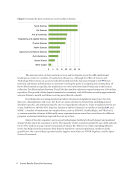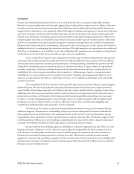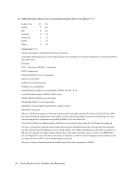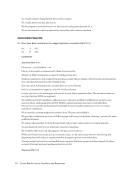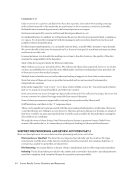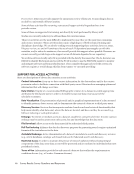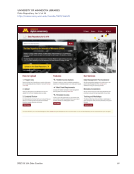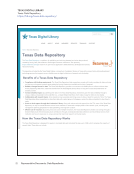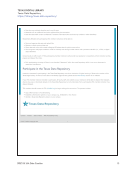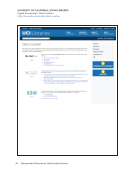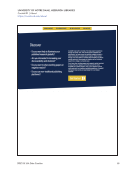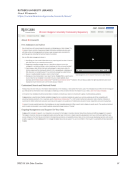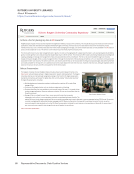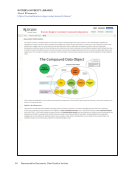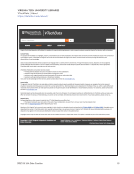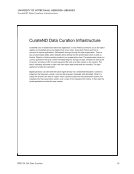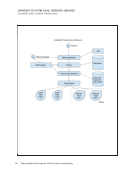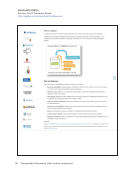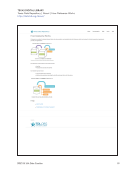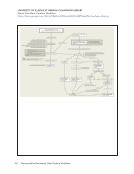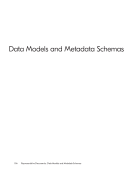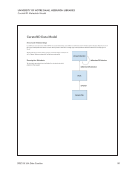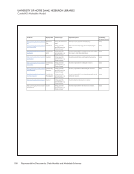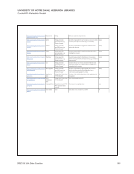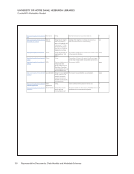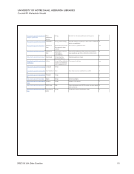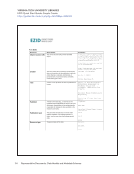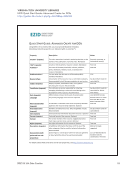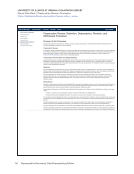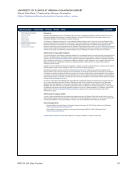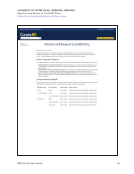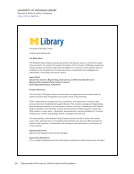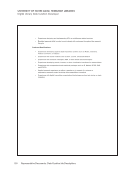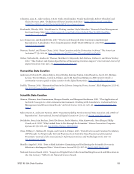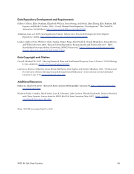40 Survey Results: Survey Questions and Responses
Local curated data (e.g., DSpace) are backed up through the campus IT backup service. Some content is
also locally backed up onto RAID configured external hard drives.
Local tape archive, consortial storage cloud (OLRC)
LOCKSS enabled at host Dataverse instance.
Multiple data centres
NARA uses the Electronic Records Archives (ERA) to preserve its archival electronic records holdings.
Backups are made to LTO tape.
Off-site tape mirror and AP Trust
Offsite LTOT backup system
Snapshots and we use a tool (I forgot the name). We are also looking into cloud services.
Tape backup with remote duplication and DAITSS.
Tape!
Triple offsite backups to tape
Two local copies in different buildings on campus and a third copy in Amazon Glacier.
We are currently using local storage/backup with offsite copies. But we are evaluating third party
possibilities including those mentioned on this list (and also APTrust).
SUPPORT FOR INGEST ACTIVITIES
Here are descriptions of six data curation ingest activities.
Authentication: The process of confirming the identity of a person, generally the depositor, who is
contributing data to the data repository. (e.g., password authentication or authorization via digital
signature). Used for tracking provenance of the data files.
Chain of Custody: Intentional recording of provenance metadata of the files (e.g., metadata about
who created the file, when it was last edited, etc.) in order to preserve file authenticity when data are
transferred to third parties.
Deposit Agreement: The certification by the data author (or depositor) that the data conform to all
policies and conditions (e.g., do not violate any legal restrictions placed on the data) and are fit for
deposit into the repository. A deposit agreement may also include rights transfer to the repository for
ongoing stewardship.
Documentation: Information describing any necessary information to use and understand the
data. Documentation may be structured (e.g., a code book) or unstructured (e.g., a plain text
“Readme” file).
File Validation: A computational process to ensure that the intended data transfer to a repository
was perfect and complete using means such as generating and validating file checksums (e.g., test
if a digital file has changed at the bit level) and format validation to ensure that file types match
their extensions.
Metadata: Information about a data set that is structured (often in machine-readable format) for
purposes of search and retrieval. Metadata elements may include basic information (e.g. title, author,
date created, etc.) and/or specific elements inherent to datasets (e.g., spatial coverage, time periods).
Local curated data (e.g., DSpace) are backed up through the campus IT backup service. Some content is
also locally backed up onto RAID configured external hard drives.
Local tape archive, consortial storage cloud (OLRC)
LOCKSS enabled at host Dataverse instance.
Multiple data centres
NARA uses the Electronic Records Archives (ERA) to preserve its archival electronic records holdings.
Backups are made to LTO tape.
Off-site tape mirror and AP Trust
Offsite LTOT backup system
Snapshots and we use a tool (I forgot the name). We are also looking into cloud services.
Tape backup with remote duplication and DAITSS.
Tape!
Triple offsite backups to tape
Two local copies in different buildings on campus and a third copy in Amazon Glacier.
We are currently using local storage/backup with offsite copies. But we are evaluating third party
possibilities including those mentioned on this list (and also APTrust).
SUPPORT FOR INGEST ACTIVITIES
Here are descriptions of six data curation ingest activities.
Authentication: The process of confirming the identity of a person, generally the depositor, who is
contributing data to the data repository. (e.g., password authentication or authorization via digital
signature). Used for tracking provenance of the data files.
Chain of Custody: Intentional recording of provenance metadata of the files (e.g., metadata about
who created the file, when it was last edited, etc.) in order to preserve file authenticity when data are
transferred to third parties.
Deposit Agreement: The certification by the data author (or depositor) that the data conform to all
policies and conditions (e.g., do not violate any legal restrictions placed on the data) and are fit for
deposit into the repository. A deposit agreement may also include rights transfer to the repository for
ongoing stewardship.
Documentation: Information describing any necessary information to use and understand the
data. Documentation may be structured (e.g., a code book) or unstructured (e.g., a plain text
“Readme” file).
File Validation: A computational process to ensure that the intended data transfer to a repository
was perfect and complete using means such as generating and validating file checksums (e.g., test
if a digital file has changed at the bit level) and format validation to ensure that file types match
their extensions.
Metadata: Information about a data set that is structured (often in machine-readable format) for
purposes of search and retrieval. Metadata elements may include basic information (e.g. title, author,
date created, etc.) and/or specific elements inherent to datasets (e.g., spatial coverage, time periods).












